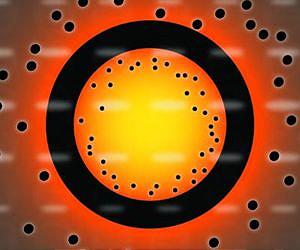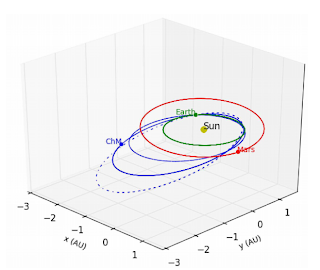© 3 March 2013, the Griot Poet
If I had a daughter, she’d look like Quvenzhané Wallis.
And her name would be the combination of my wife’s, Qulyndreia, a teacher, and my own, Venjie Wallis, Sr., a truck driver.
And we’d anoint the creation of the third syllable of her name with the Swahili word for “fairy.”
Flitting like one, eyes beaming, pearly-white teeth, dress of royal hue; rocking the toy "pooch pouch."
And we,
The descendants of diaspora
Ripped from the shores of Eden
Through Gorée Island gates
To Atlantic Oceans vast
Sleeping in bile and filth
Separated from families, children, tribes, language
Piled up end-to-end like logs and shipping crates
Endure captivity, Civil War, lynching and Jim Crow
Repeated in Louisiana
Near the French Quarter where slave Sundays birthed Jazz, Gospel, Blues, Ragtime
During Hurricane’s Katrina and Rita
Tossed over like so much trash
And fish food to “Jaws”...
And we,
Creators of algebra, astronomy,
Architects of pyramids,
Taken to Rome to engineer the aqueducts, buildings, obelisks and modern plumbing
The descendants of 3/5th humanity
Teeth examined like livestock,
Skin lightened by forced miscegenation,
The first thing post emancipation…we went looking for wives, husbands…children.
So, we weren’t looking for disrespect
To our young queen on her night,
From Seth “American Dad,” “Family Guy” McFarlane
Insulting her and George Clooney
Or, the self-important Onion
Of which,
You don’t have to peel too many layers
To see three important things:
1. You entered this life from a woman’s womb!
2. Nine-year-old children are not “small adults” you can insult.
3. It’s never a joke in this American rape-celebrating culture…to insult a woman!















